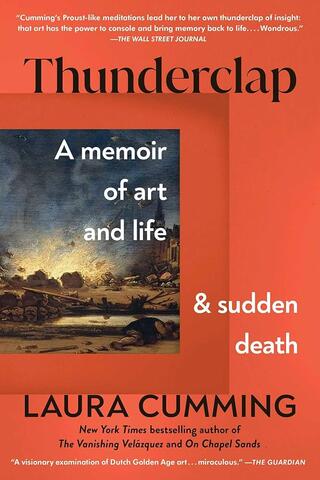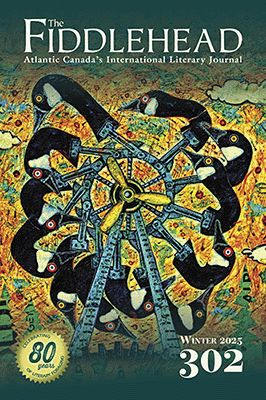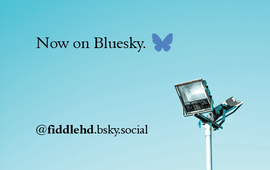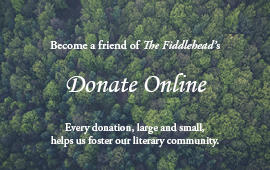
I arrived at Laura Cumming’s beautiful book, Thunderclap: A memoir of art and life & sudden death, just before it won the 2024 Writers’ Prize for Non-Fiction. I had lovingly remembered her previous book, On Chapel Sands, a story of her mother’s life. In Thunderclap, she turns her close attention to the golden age of Dutch art in the 1600s, in particular the cataclysmic gunpowder explosion in Delft that killed the painter Carel Fabritius and destroyed many precious works of art. Laura Cumming has been the art critic of the Observer (the Guardian) since 1999, and in this book she brings her expertise and great humanity to the paintings of this period. She assures us, contrary to popular critical opinion, that this art is rich, meaningful—gorgeous. She focuses on individual works from the period, many created in Delft, where the number of visual artists per capita was remarkable. Each painting that she selects is illuminated by her tender skill and humanity. Read how on the first page of the book, she describes Fabritius’s View of Delft, with a Musical Instrument Seller’s Stall:
It shows a man seated in deep shadow at the corner of two streets, thumb to chin and fingers crooked as if nursing the remains of a cigarette, eyes down and pensive; waiting. Two musical instruments lie next to him on a table: a lute, shining like a new chestnut freed from the husk, and a viola that reaches invitingly towards you as if asking for its strings to be plucked. For you are here too, somehow, hovering on exact eye level with the man and his table. The painting, so small and mysterious, is peculiarly alive to the nearness of your presence.
This is no dry interpretation of a work of art, but a description as alive as the painting itself. And read how Cumming sees Fabritius’s famous The Goldfinch: this bird has a specific force of personality, an air of solitude and sorrow. Someone saved The Goldfinch from the explosion that day, October 12, 1654, and it is believed to be Fabritius’s last painting.
Laura Cumming dedicates Thunderclap to her father, Scottish painter James Cumming, who died in 1991. In this book she weaves in segments of memoir from her father’s life and art. More than anything, Thunderclap is a homage to seeing, and that is what affected me most deeply about the book. As writers, we have so much to learn from a close study of visual art. Cumming explains the magical relationship between the viewer and the viewed when she writes about her daughter, a photographer: She photographs dawn and dusk with spellbound amazement every day and never asks for the beauty to have meaning beyond itself.
After I read Laura Cumming’s Thunderclap, I asked myself if could create some portraits in the form of poems, which relied on my seeing very closely and intimately. Gratefully, I have had one of these, "Portrait of the Philatelist," accepted by The Fiddlehead.
— Beverly Harris is a former editor of Dandelion magazine. Her short stories are published in Three Times Five, NeWest Press. Recent poems have appeared or are forthcoming in The Trumpeter and Canadian Literature. Beverly lives on Vancouver Island, on the unceded territory of the K’omox First Nation.
You can read Beverly Harris' poetry in Issue 302 Winter 2024. Order the issue now:
Order Issue 302 - Winter 2025 (Canadian Addresses)
Order Issue 302 - Winter 2025 (International Addresses)











